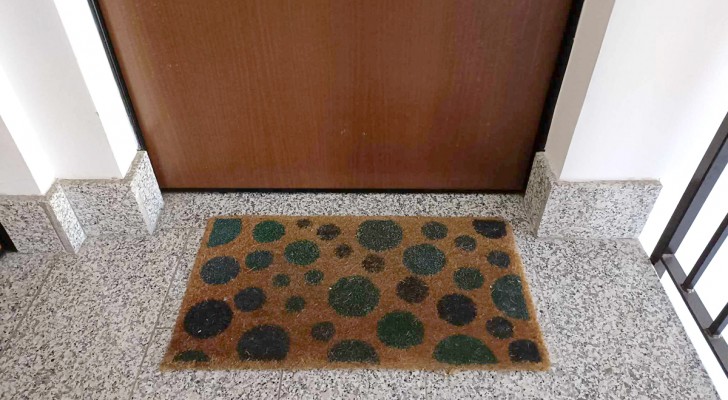11 details of common objects of which almost no one knows the function
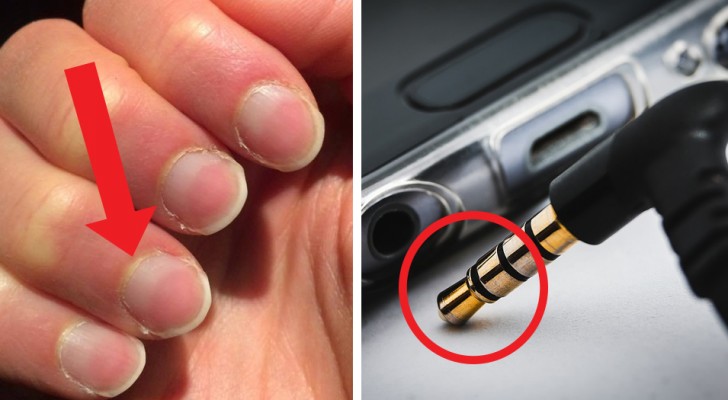
Sometimes it may happen that while holding a common object, in your hand, you suddenly notice one of its details whose function you had previously completely ignored.
This is quite understandable because it would be impossible to know all the characteristics of the tools that we use in everyday life.
For this reason, we have collected 11 curiosities about some objects or parts of the body that we usually take for granted, but that can hide some interesting details.
1. The "dimples" on golf balls
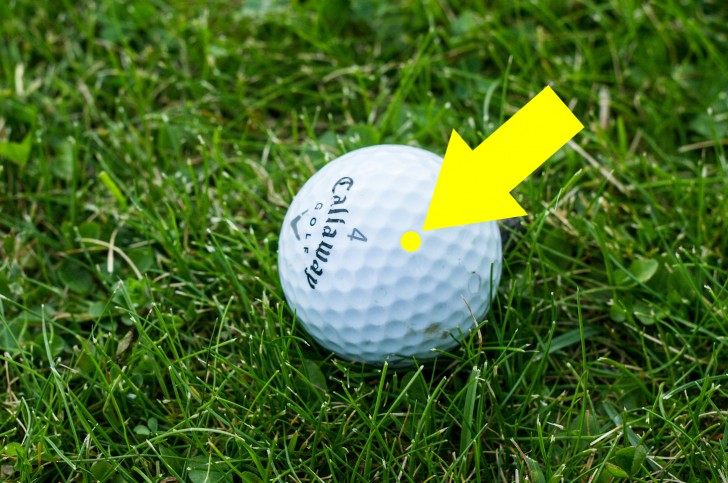
The first golf balls were perfectly smooth, but the players tended to prefer the old and damaged ones because they seemed to go farther whenever they were hit to make a shot. So over time, the producers developed the dimpled surface which generates an aerodynamic effect allowing the ball to go farther.
2. The hole in the donut

The most reliable hypothesis has to do with cooking. In fact, with a hole in the center, this eliminated the risk that the outer edges of the donut would be cooked more than the inside. Some, however, claim that this form was more useful for hanging the sweets and displaying them for sale.
3. The final part of the cutter

Many are not aware of it, but the final part of the cutter is used to regenerate or rather to replace the old blade. This portion (which in the picture you see in black) can, in fact, be extracted, and inside it you can insert the old blade. Then you can easily break it off, removing the worn tip which is replaced by the next new sharp blade.
4. The grooves on the edges of the coins
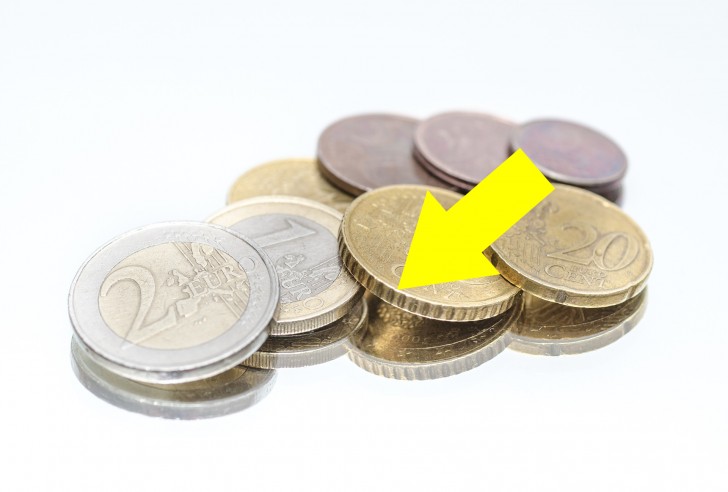
When coins were simple metal discs with smooth edges, they were frequently filed (or partially cut) and then passed off as new ones. To avoid this, we began to decorate its edges so that if part of the metal is filed off or removed, it can be seen at first glance!
5. The margins on school notebooks

Before the use of margins for teacher's notes was systematized, this practice was already in vogue for different reasons. Since paper is subject to the degenerative action of humidity and attack by rodents or insects, people tended to leave the white margins on the sheet blank.
6. The lenses for sunglasses

The first examples of obscured "lenses" (pieces of perforated bone) were created by the Inuit tribes, in order to scrutinize the landscape despite the glare of light reflected by the snow and ice. In the 12th century, smoke-colored lenses appeared in China, which were considered necessary for judges to mask their thoughts and emotions during the trials. Only in the twentieth century did lenses acquired the precise function of shielding the eyes from direct sunlight.
7. The dots on the windshield
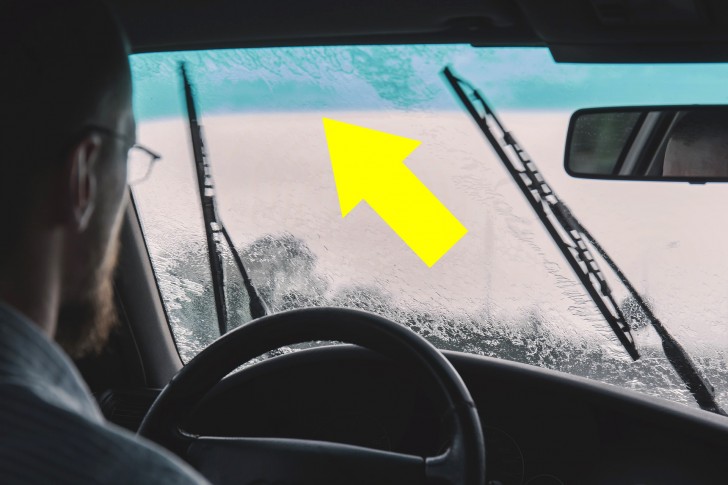
That dark band on a windshield is a color baked inside the glass itself and its functions are varied. In fact, it protects the sealant that holds the windshield glass in position from ultraviolet rays; hides the dust that tends to accumulate on the edges, and it allows heat to spread quickly, thereby allowing the windshield glass to defrost faster in the event of low temperatures.
8. Cuticles on fingernails
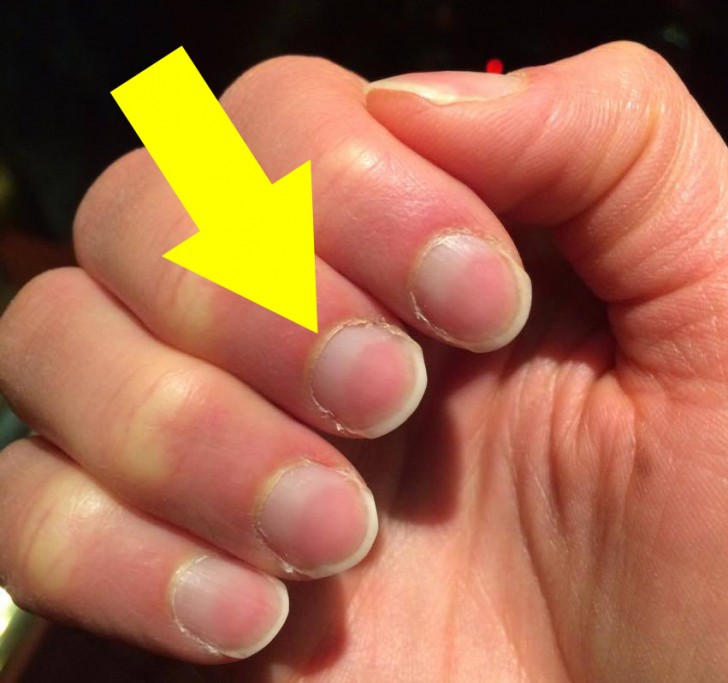
What many people consider to be only unsightly skin on the sides of fingernails is actually a form of protection. Nails are in fact exposed to fungi and infections, and that layer of skin serves to protect them. So be careful not to trim cuticles too often and too deeply!
9. The holes under the padlocks
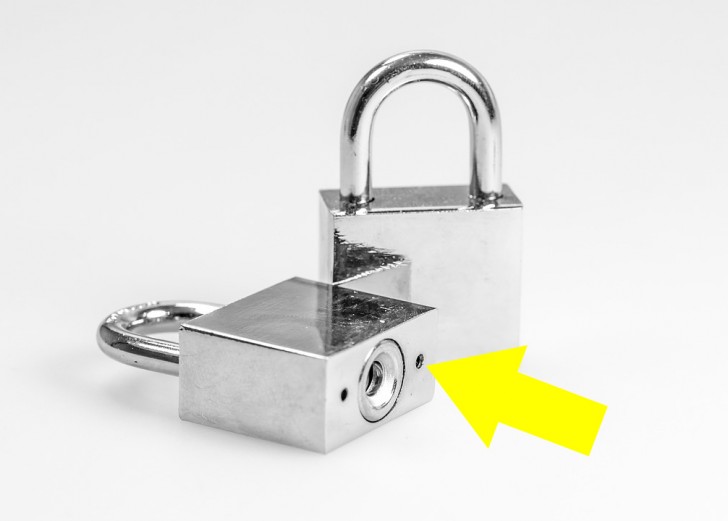
A padlock is usually an object that is exposed to the elements, as it is often used outdoors. The holes in the padlock are used to insert, in case of need, engine oil so that the key can be turned without difficulty.
10. The "R" next to logos
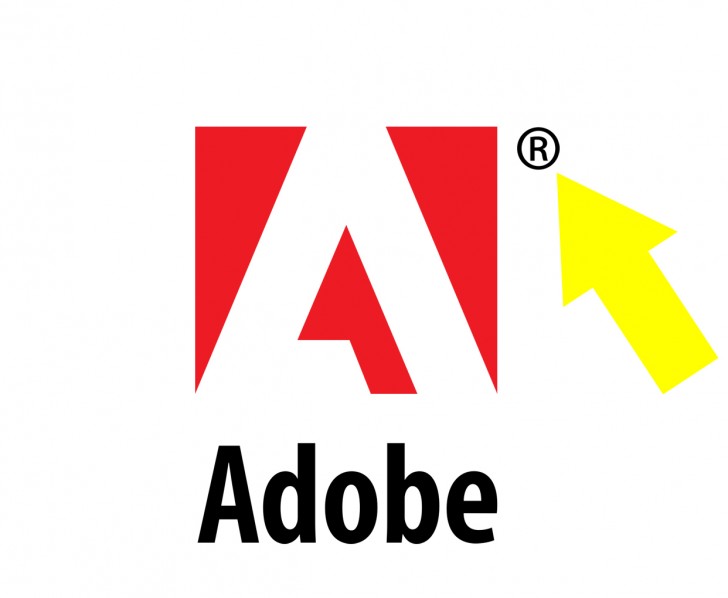
Probably many of you already know, but the "R" is put next to logos to indicate that they have been officially registered, and therefore their use is not allowed or that a copy may be subject to legal action.
11. The lines on the headphone jack
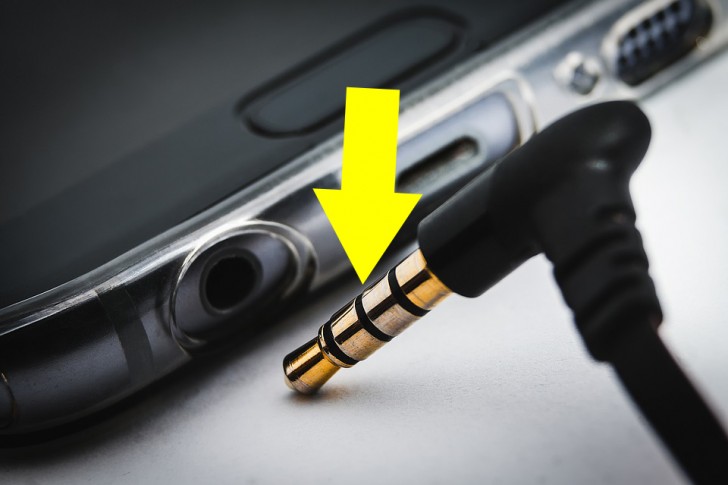
You have all certainly noticed that the headphone jack has two or three lines (white, black or colored) along the metal surface. They are used to separate the various portions of the jack itself, each used for a different function. For example, from the same connector, there are wires that go to the right and left earphones and each of these must remain distinct and separate.

